15 Easy Ways To Tell If Your Ceramic Are Actually Antique Or Just Vintage
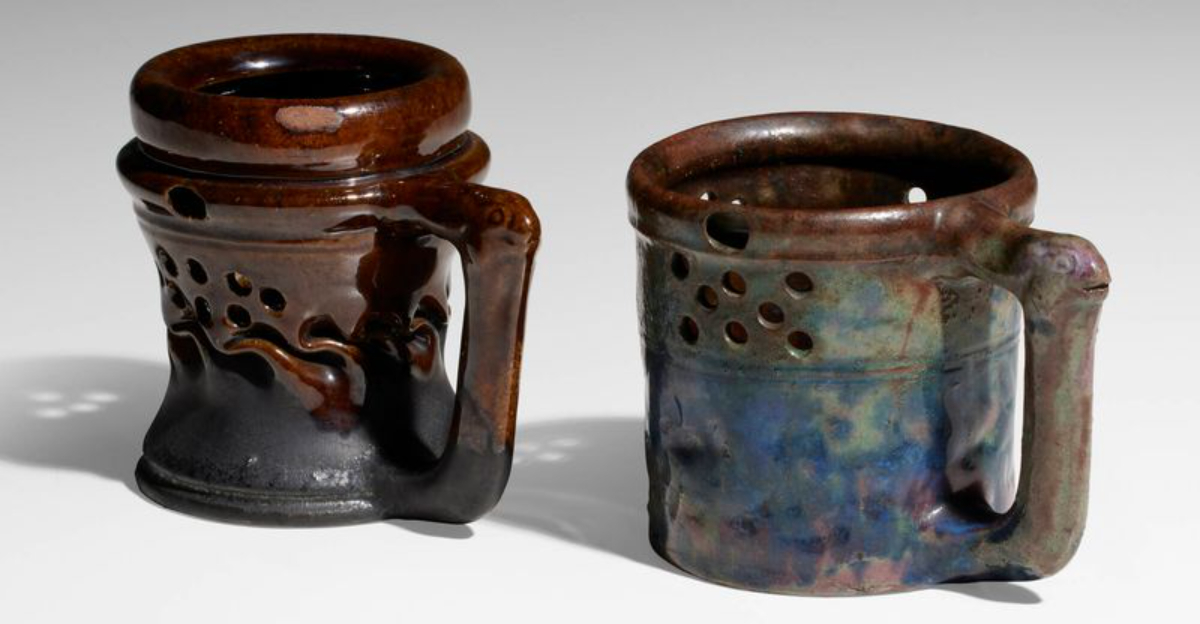
As someone who’s spent more weekends than I care to admit elbow-deep in boxes at flea markets and bargaining with antique shop owners like it’s an Olympic sport, I’ve developed a sixth sense — the mystical ability to spot a true antique from a charming vintage impostor.
Don’t get me wrong, both have their quirks and character, but there’s something magical about knowing when you’re holding a piece of real history versus a cute plate that just looks old because it survived the ’70s.
Whether it’s a faint maker’s mark, the weight of the glaze, or just that suspicious whisper of “Made in Taiwan,” the clues are always there if you know how to read them.
So grab your magnifying glass, channel your inner Sherlock Holmes (but for teacups), and dive into these 15 fun and foolproof ways to tell if that ceramic beauty is truly antique — or just really good at faking it.
1. The Patina Perception
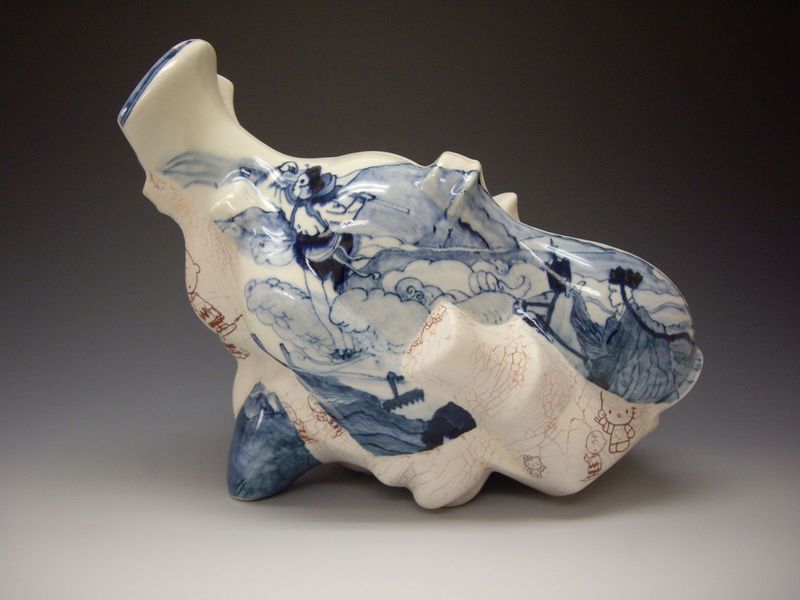
Ever noticed how some ceramics seem to wear their years like a badge of honor? The patina on antique ceramics is like wrinkles on a wise old face, adding character and depth.
It’s not just about discoloration; it’s the subtle hints of oxidation and wear that reveal a piece’s storied past. This natural aging process can’t be faked, unlike my attempts at baking sourdough during lockdown.
Look for uneven wear, particularly around the edges and base, which indicates genuine age. If it looks too pristine, it might just be vintage masquerading as antique. Remember, like a good cheese, age should be apparent.
2. Crackalackin’ Craquelure
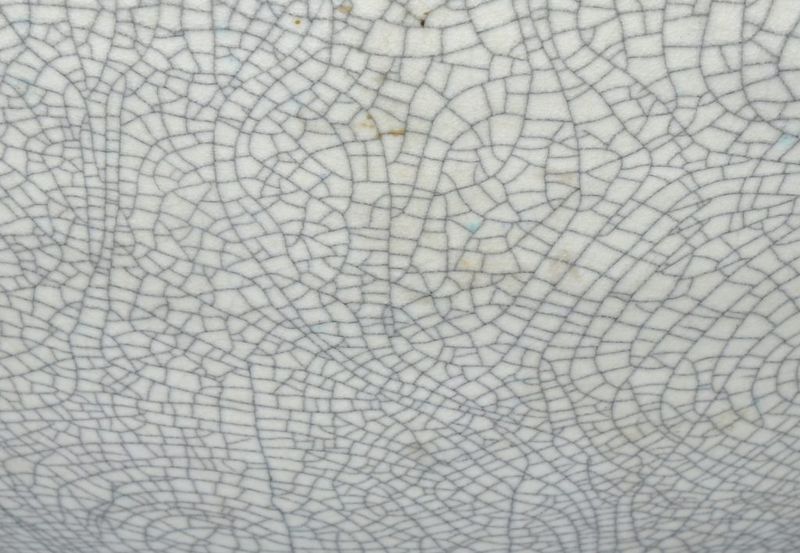
Who knew that cracks could be so artistic? Craquelure is the fancy term for those fine, web-like cracks that develop on glazed surfaces over time.
It’s like the ceramic’s version of a spider’s web, delicate yet telling. These are not flaws; they’re the ceramic’s way of wearing a badge of authenticity.
Unlike the cracks in my phone screen, craquelure adds value. Feel the surface and let your fingers trace these lines like you’re decoding a secret map. If the craquelure looks more like a spidery art project, it’s genuine; if it seems forced, it might just be a faux finish.
3. The Maker’s Mark Mystery

Let’s play detective with maker’s marks! These little imprints can be as elusive as finding a matching sock when you’re in a hurry.
Antique ceramics often have marks from the original maker, which can tell you everything from the manufacturer to the era it was produced in. Think of it as the ceramic’s birth certificate.
A faded mark could indicate genuine age. If it’s crisp and clear, it might just be a vintage piece with a flair for dramatics. Remember, even Sherlock Holmes would approve of a good look at the bottom before making a call.
4. Glazed Over Time
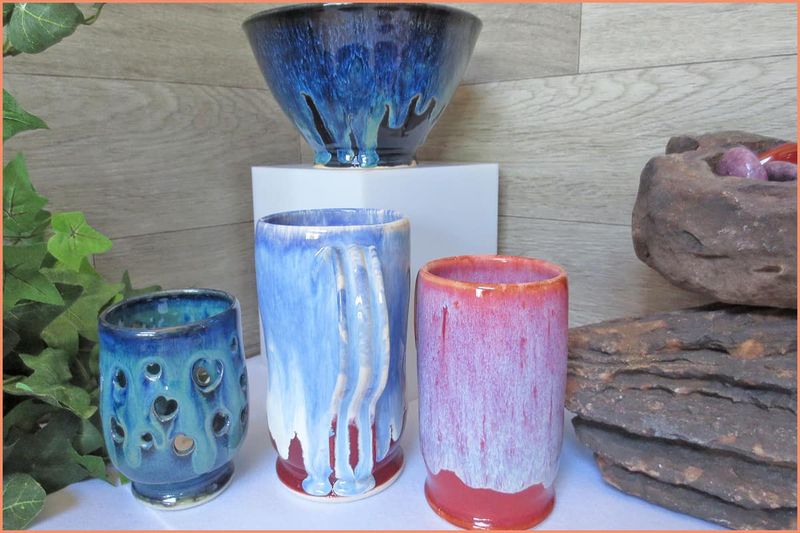
Glaze is the ceramic’s skin, and like mine after a day at the beach, it tells quite the story. Over time, the glaze on antique ceramics develops a particular sheen and texture, often uneven but charmingly so.
It’s this difference that separates a genuinely antique piece from something that just looks old.
An antique’s glaze will show wear and discoloration, like the telltale signs of a life well-lived. Vintage ceramics might mimic this look, but their glaze will often lack the same natural depth. So, remember, when it comes to glaze, age isn’t just a number; it’s a texture.
5. Shape Shifters

Shapes speak louder than words, especially in ceramics. Antique pieces often have shapes that reflect the era’s design quirks, like a ceramic time capsule.
Look for unique and irregular shapes, which suggest handcraft rather than mass production. It’s like comparing a handwritten love letter to a text message.
While vintage ceramics might replicate these shapes, they often lack the authenticity in detail and proportion that true antiques possess. So next time you spot a ceramic with unusual curves, think of it as an old dance from a bygone era, not just a relic.
6. The Weight Debate
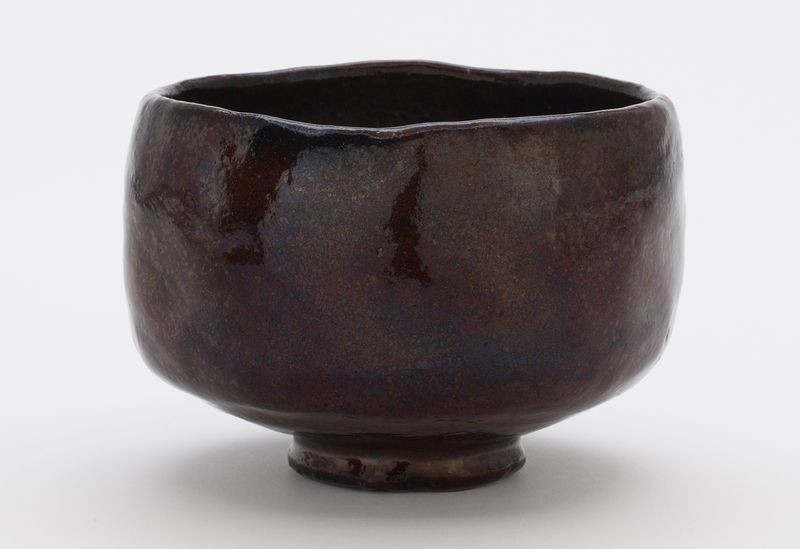
Feel the weight of history—literally! Genuine antique ceramics often have a heft to them, a tangible weight that tells you they’re the real deal.
It’s like the difference between a hardcover book and a paperback. This added weight comes from the materials and methods used in production, speaking of times when ceramics were crafted to last.
Vintage pieces might try to mimic this, but their lighter feel gives them away. Remember, when in doubt, give it a lift. It’s like a mini workout with historical benefits!
7. The Color Code

Colors tell tales, especially when it comes to ceramics. Antique pieces often feature subdued, muted tones that have gracefully faded over time.
Think of them as the pastel version of today’s vibrant ceramic colors. These hues hint at the historical dyes and glazing techniques that were in vogue back in the day.
Vintage ceramics might offer bold colors, but if you’re looking for genuine antiques, subtlety is key. So, embrace the faded beauty and remember that sometimes, less is more, especially when it comes to color.
8. Texture Tales
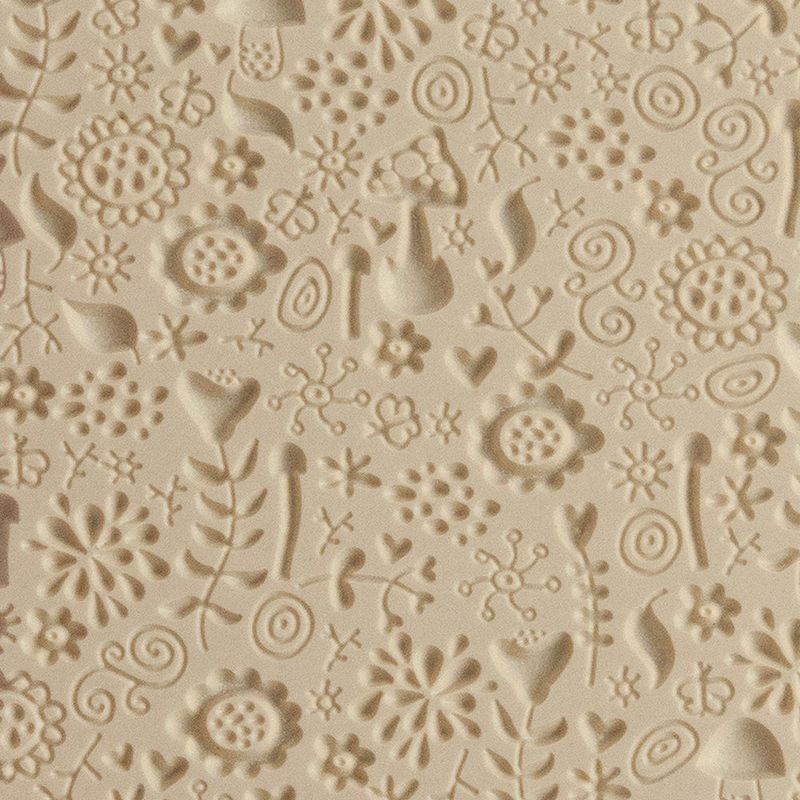
Running your fingers over an antique ceramic is like reading braille—a tactile adventure into the past. These ceramics often have textures that tell stories of crafting techniques and age.
From rough patches to smooth finishes, each tactile detail offers clues. Vintage ceramics might present a smooth facade, but genuine antiques have the texture of history, literally.
So go ahead, feel the bumps and grooves; they’re like little whispers from the past, sharing secrets of the artisan’s touch.
9. Style Signatures
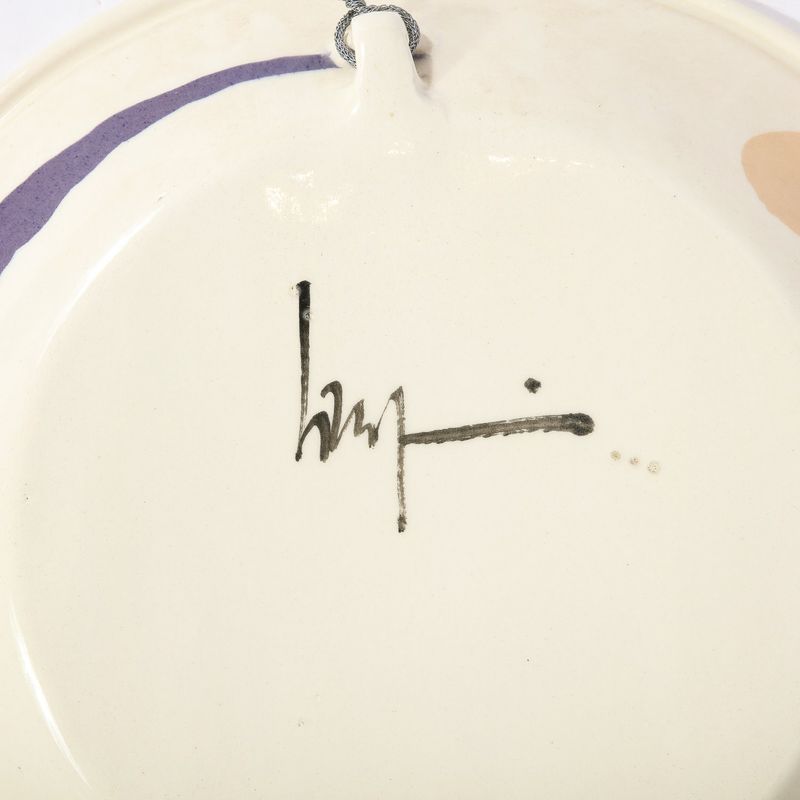
Ceramics, much like fashion, go through style phases. Identifying the design style can be a telltale sign of an antique piece.
From the ornate baroque to the sleek Art Deco, each style reflects a specific era’s ethos. While vintage items might replicate these styles, authentic antiques carry an aura of originality that mere copies can’t capture.
It’s like comparing a classic movie to a remake—the original always has that special something. So look for style signatures, those little details that say, ‘I’m from a different time, darling.’
10. The Provenance Puzzle

Provenance isn’t just for crime novels; it’s crucial for ceramics too. Knowing the history of a piece can confirm its antique status. Provenance acts like the ceramic’s personal diary, providing details of past ownership and origin.
Vintage pieces might lack this documented history, making provenance a valuable detective tool. If you’re lucky enough to find a piece with a provenance label, it’s like finding a signed copy of your favorite book—extra special and worth the investment.
So, when in doubt, follow the paper trail; it might just lead you to a treasure.
11. Signature Scents
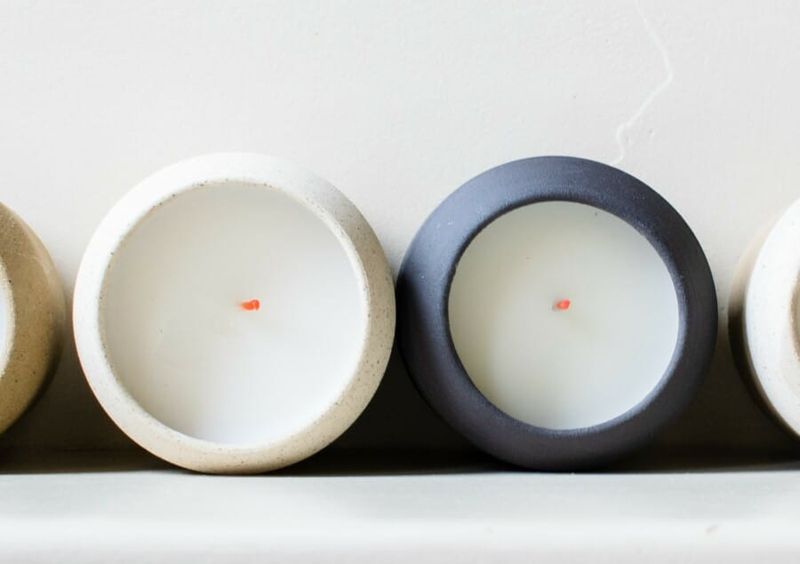
Breathe in deep, because sometimes ceramics have a scent story to tell. While it sounds odd, antique ceramics can often have a distinct smell due to the materials and environment they’ve been exposed to over decades.
It’s like the aroma of an old library—inviting and filled with stories. Vintage pieces, being relatively younger, usually lack this olfactory signature.
So, next time you’re unsure about a piece, give it a gentle sniff. Just make sure no one’s looking; you wouldn’t want to be caught scent-sleuthing in public!
12. Detailing the Details
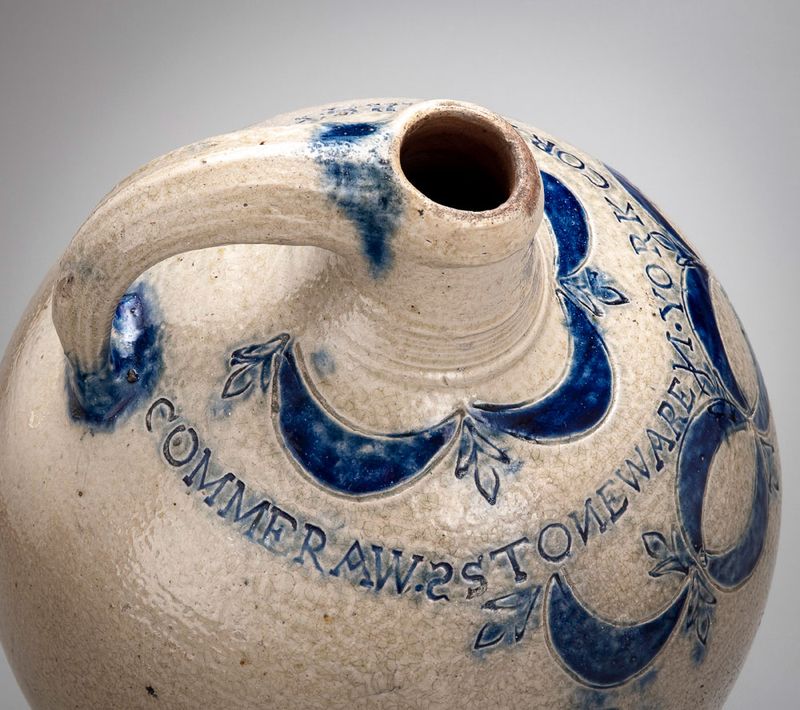
Details make the piece, especially when it comes to ceramics. Antique items often feature intricate, hand-crafted details that reflect the artisan’s skill and dedication.
These details are like the brushstrokes of a master painter, each one deliberate and full of life. Vintage ceramics might try to mimic this, but they often miss the mark in intricacy and finesse.
So, when examining a ceramic piece, look for the artistry in the details. It’s like finding a hidden gem in a pile of rocks.
13. The Repair Revelation

Cracks and repairs might make my heart skip a beat, but in antiques, they tell a story of survival. Antique ceramics often have repairs that reflect their journey through time, like scars that add character.
These repairs were mostly done with materials available at the time, adding to the piece’s authenticity. If you find a piece with old repairs, consider it a badge of resilience.
Unlike my attempts at sewing, these repairs add value and charm. So, next time you spot a repair, think of it as a wink from the past, reminding you of the ceramic’s lived history.
14. Historical Context Clues
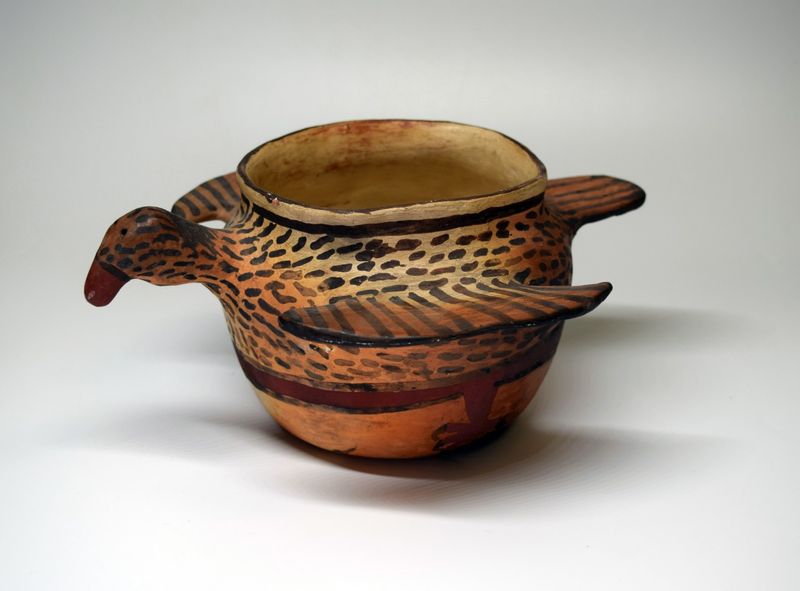
Ceramics sometimes double as historical storytellers. Antique pieces often feature scenes or symbols that reflect the social or cultural context of their time. It’s like having a history book you can eat dinner off of. These designs provide valuable clues about the ceramic’s origin and age.
Vintage pieces may replicate these designs, but they lack the authentic connection to history. Remember, when a ceramic tells a story, it’s worth listening to.
It’s like having a personal tour guide into the past, one dinner setting at a time.
15. The Auction Advantage
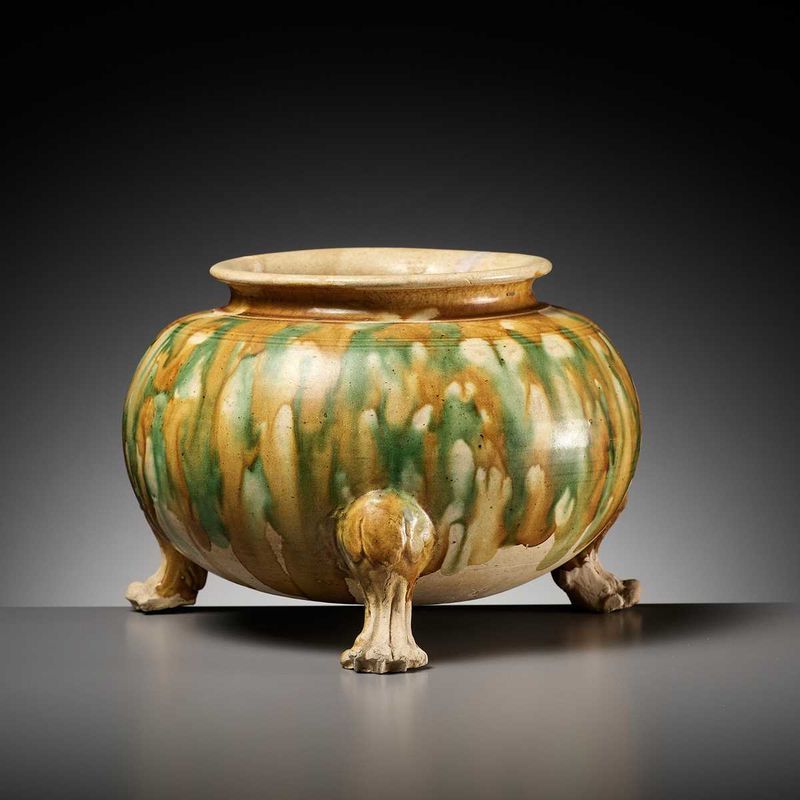
Auctions are where the magic happens for antique ceramics. They offer a platform where authenticity is key, and items are often vetted by experts.
If a ceramic piece has been sold at a reputable auction, it’s like having a golden seal of approval. This doesn’t mean vintage pieces can’t sneak in, but the auction advantage is all about credibility and history.
So, if you’re ever in doubt, check the auction records. It’s like getting a backstage pass to the ceramic’s life story.
